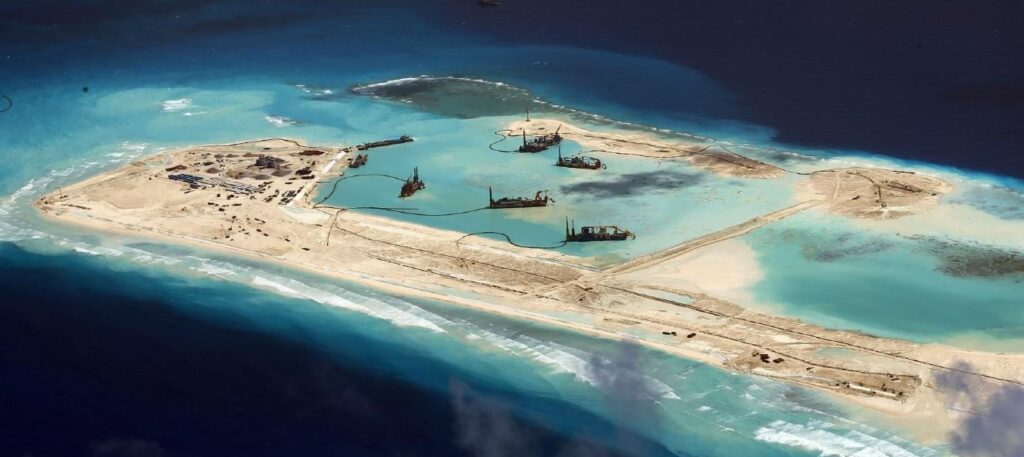US Navy Should Boost Ties With Indo-Pacific Partners: Rep. Wittman
Posted on
 The Navy’s Force Structure Assessment (FSA) calls for a 355-ship fleet, ultimately growing to a force of 653 ships. However, the Navy knows that a 653-ship fleet, outfitted with the proper weapon systems, is simply financially unattainable.
The Navy’s Force Structure Assessment (FSA) calls for a 355-ship fleet, ultimately growing to a force of 653 ships. However, the Navy knows that a 653-ship fleet, outfitted with the proper weapon systems, is simply financially unattainable.
But the world has become more dangerous in the last eight years and a credible U.S. naval deterrence remains essential to ensuring regional stability. The U.S. Navy needs to maintain a consistent presence in the South China Sea, ensure a carrier strike group is available to Pacific Command and provide a credible ballistic missile defense for the United States and its allies. The demands to support this critical theater and other global commitments require a 355-ship Navy and naval partnerships with allies who desire the same sustained peace that we do.
To maintain peace, deter aggression, and create military and economic stability throughout the world, we need to provide a concerted effort in this critical area.
President Trump recently visited the leaders of Japan, South Korea, China, and the Philippines, all of them are critical to maintaining regional stability and peace. The Indo-Asia-Pacific region accounts for half of the world’s population; this region also contains the contentious South and East China Seas, the maritime commerce superhighway that is the Strait of Malacca, and a belligerent North Korea.
Throughout any given year, nearly 84,000 ships transit the Strait of Malacca, accounting for almost half of the world’s seaborne trade. It is imperative to all countries concerned that the strait remain open for the free flow of commerce. One of the best ways to ensure unimpeded trade continues is for the U.S. Navy to make regular patrols of the Strait working with the regional navies of Malaysia, Indonesia and Singapore.

Chinese artificial island
For centuries, the territorial claims of the Spratly and Paracel Islands have been hotly contested—five countries have direct claims over the territories composed of the Paracel and Spratly Islands. China has been the most aggressive in its claims, both in military force and in their development of these islands.
China has turned what were once rocks at low tide into “islands” with functional airfields, usable ports for naval and shipping vessels and quarters for troops. Of the 84,000 ships transiting the Strait of Malacca, the majority of them will pass within the vicinity of the Spratly Islands as they either enter or exit the Strait on the eastern side. This puts means merchant shipping sails within the potential purview of the Chinese Navy, antagonizing our regional partners.

North Korean missile launch
Finally, North Korea poses a very real threat to our allies and, now, the continental United States. Despite our nation’s best diplomatic efforts, North Korea continues to be provocative with its missile launches and continued development of nuclear weapons. Now is not the time to debate the need for a larger fleet. Any military action on the peninsula will require a large and strong naval force—one that brings a credible threat to North Korea, and one that assures our allies we are sincere in our desire for a denuclearized peninsula.
Rep. Rob Wittman represents the 1st District of Virginia. He serves on the House Armed Services Committee, where he is chairman of the seapower and projection forces subcommittee.
Subscribe to our newsletter
Promotions, new products and sales. Directly to your inbox.
